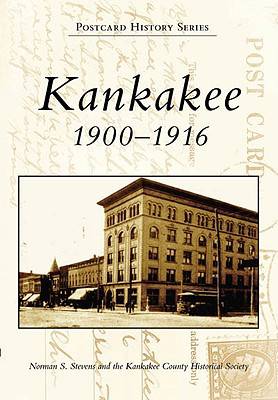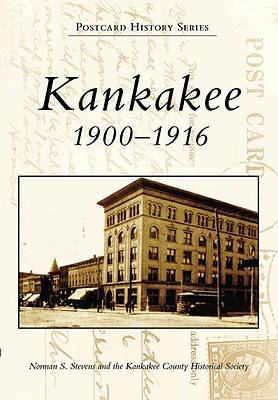
- Afhalen na 1 uur in een winkel met voorraad
- Gratis thuislevering in België vanaf € 30
- Ruim aanbod met 7 miljoen producten
- Afhalen na 1 uur in een winkel met voorraad
- Gratis thuislevering in België vanaf € 30
- Ruim aanbod met 7 miljoen producten
Zoeken
Omschrijving
Kankakee County was organized in early 1853. In June 1853, the village of Kankakee Depot, later known as the city of Kankakee, was declared the new county seat. The establishment of both Kankakee County and the city of Kankakee owed a great deal to the railroad, particularly the Illinois Central Railroad. By the end of the 19th century, the county had become an important railroad hub where several important lines converged and the city had become a commercial and manufacturing center. By 1900, Kankakee was a growing community possessing a vibrant economy and many fine public and private buildings. The city was also host to the Illinois Eastern Hospital for the Insane, renamed the Kankakee State Hospital in 1910, which at the beginning of the 20th century was the second-largest mental health facility in the United States. It was probably the Kankakee River that most clearly defi ned the community. Many of Kankakee's citizens boated on the beautiful river and enjoyed good times at the new-fangled amusement facility, Electric Park. The over 200 vintage postcards displayed in this book illustrate the exciting period from 1900 to 1916.
Specificaties
Betrokkenen
- Auteur(s):
- Uitgeverij:
Inhoud
- Aantal bladzijden:
- 128
- Taal:
- Engels
- Reeks:
Eigenschappen
- Productcode (EAN):
- 9780738540603
- Verschijningsdatum:
- 26/07/2006
- Uitvoering:
- Paperback
- Formaat:
- Trade paperback (VS)
- Afmetingen:
- 166 mm x 235 mm
- Gewicht:
- 326 g

Alleen bij Standaard Boekhandel
+ 61 punten op je klantenkaart van Standaard Boekhandel
Beoordelingen
We publiceren alleen reviews die voldoen aan de voorwaarden voor reviews. Bekijk onze voorwaarden voor reviews.











